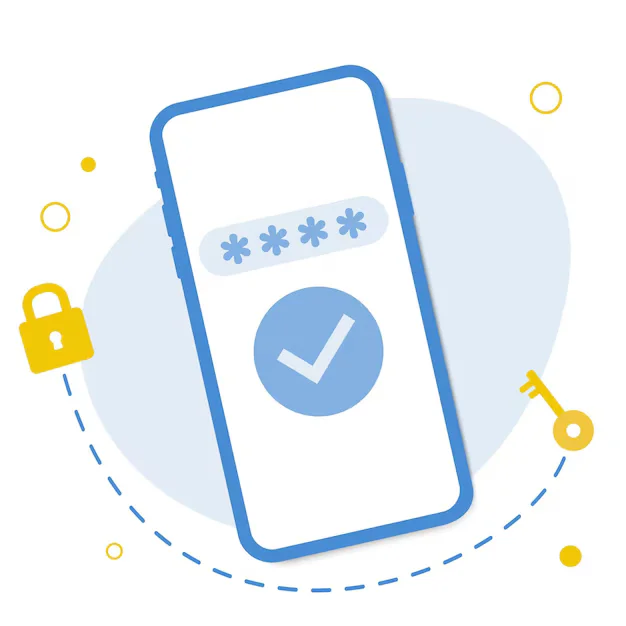Introduction to PHP Email System
If you’re looking to create a reliable and secure email system using PHP, the best solution is PHPMailer. Unlike the basic mail() function, PHPMailer supports modern email standards, SMTP authentication, file attachments, and HTML formatting. It’s one of the most widely used PHP libraries for sending emails from web applications.
Whether you are building a contact form, user registration confirmation, password reset, or transactional email service, PHPMailer in PHP ensures better deliverability and professional email output. It gives you the control and security you need to manage email communication from your website or app.
Why PHPMailer Is Better Than PHP mail()
The built-in mail() function in PHP is simple, but it lacks key features required in production. Emails sent via mail() often land in spam folders, don’t support HTML formatting reliably, and offer no built-in error handling.
PHPMailer solves these issues by using SMTP (Simple Mail Transfer Protocol), which allows your emails to be sent through providers like Gmail, Outlook, SendGrid, or your own SMTP server. With PHPMailer and SMTP, your PHP email system becomes more secure, more flexible, and far more likely to be delivered successfully.
Benefits of Using PHPMailer in PHP Email Systems
When you integrate PHPMailer with your PHP script, you gain access to features like:
- Sending HTML emails with inline CSS and images
- Adding attachments like PDFs, images, or documents
- Setting reply-to, CC, and BCC addresses
- Using TLS or SSL to encrypt your outgoing mail
- Authenticating with SMTP credentials to send from verified accounts
These capabilities make PHPMailer a production-ready solution for any web project that involves email functionality.
Using SMTP with PHPMailer for Secure PHP Emails
To send emails securely from your PHP app, PHPMailer supports SMTP servers with encryption. Instead of sending mail directly from your server, you route it through a trusted service like Gmail or Mailgun, improving your chances of inbox delivery.
For example, using Gmail SMTP with PHPMailer, you can authenticate using your Gmail credentials, send emails over SSL/TLS, and avoid your emails being marked as spam. SMTP also enables better email tracking, error logging, and user-specific configurations.
Improving Email Deliverability with PHPMailer
A secure PHP email system isn’t just about sending messages — it’s about making sure they land in the inbox. PHPMailer lets you configure email headers, set sender names, and use validated domains to boost trust. You can also personalize email content with dynamic variables, making your emails more relevant to the recipient and less likely to be flagged as spam.
By combining proper DKIM, SPF, and DMARC settings with PHPMailer’s SMTP features, you significantly increase your delivery rates, especially when sending to Gmail, Yahoo, or corporate domains.
Real-World Use Cases for PHPMailer in PHP
PHPMailer can be used in a variety of PHP projects:
- Contact Forms: Automatically send user inquiries to your inbox
- User Registration: Deliver welcome emails or confirmation links
- Order Confirmations: Email invoices and receipts to customers
- Password Reset Links: Send secure reset tokens with expiration time
- Admin Notifications: Alert admins of new user signups or payments
Any PHP-based project that needs reliable email functionality can benefit from implementing PHPMailer.
Conclusion
If you’re planning to create an email system in PHP, PHPMailer is the most powerful and flexible tool available. It improves deliverability, enhances email security, and supports professional formatting and attachments. With features like SMTP support, HTML emails, file attachments, and secure encryption, PHPMailer is essential for any PHP developer who needs to send reliable, production-grade emails from a web application.
By choosing PHPMailer over PHP mail(), you’re ensuring that your application sends secure, authenticated, and properly formatted emails — every time.







